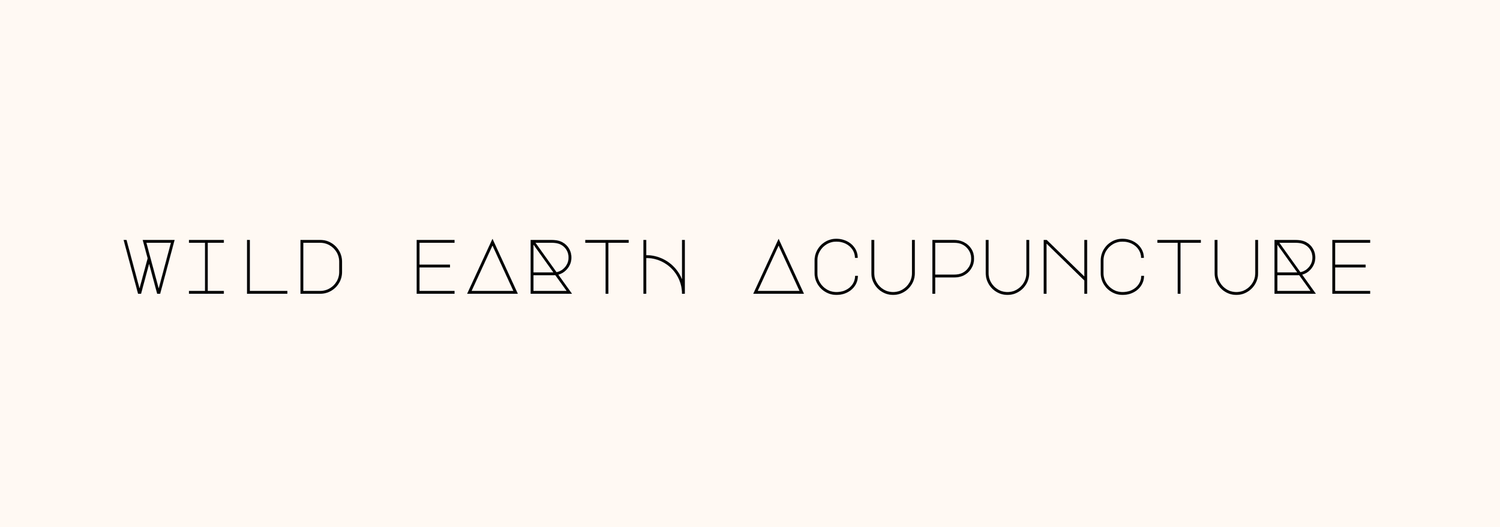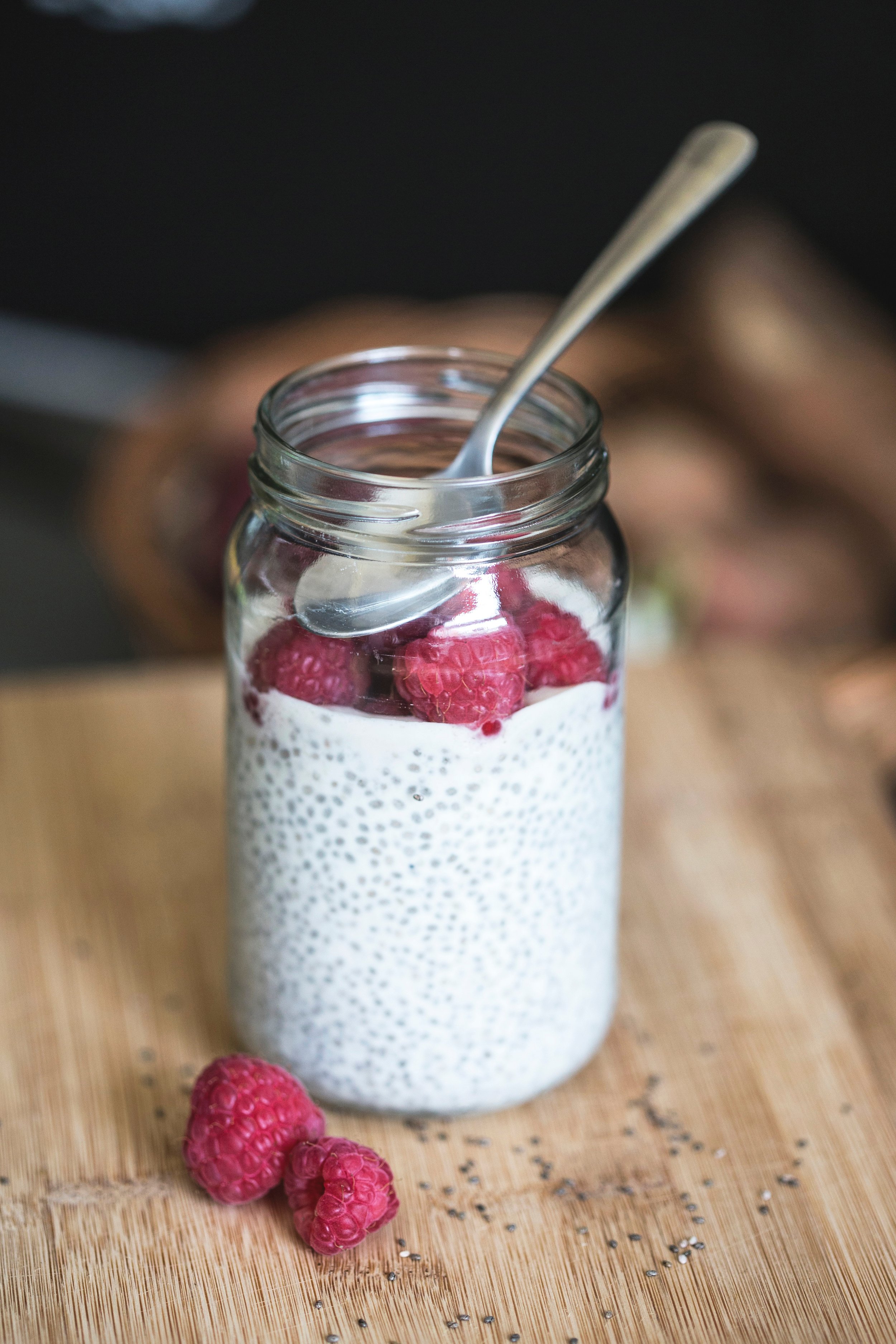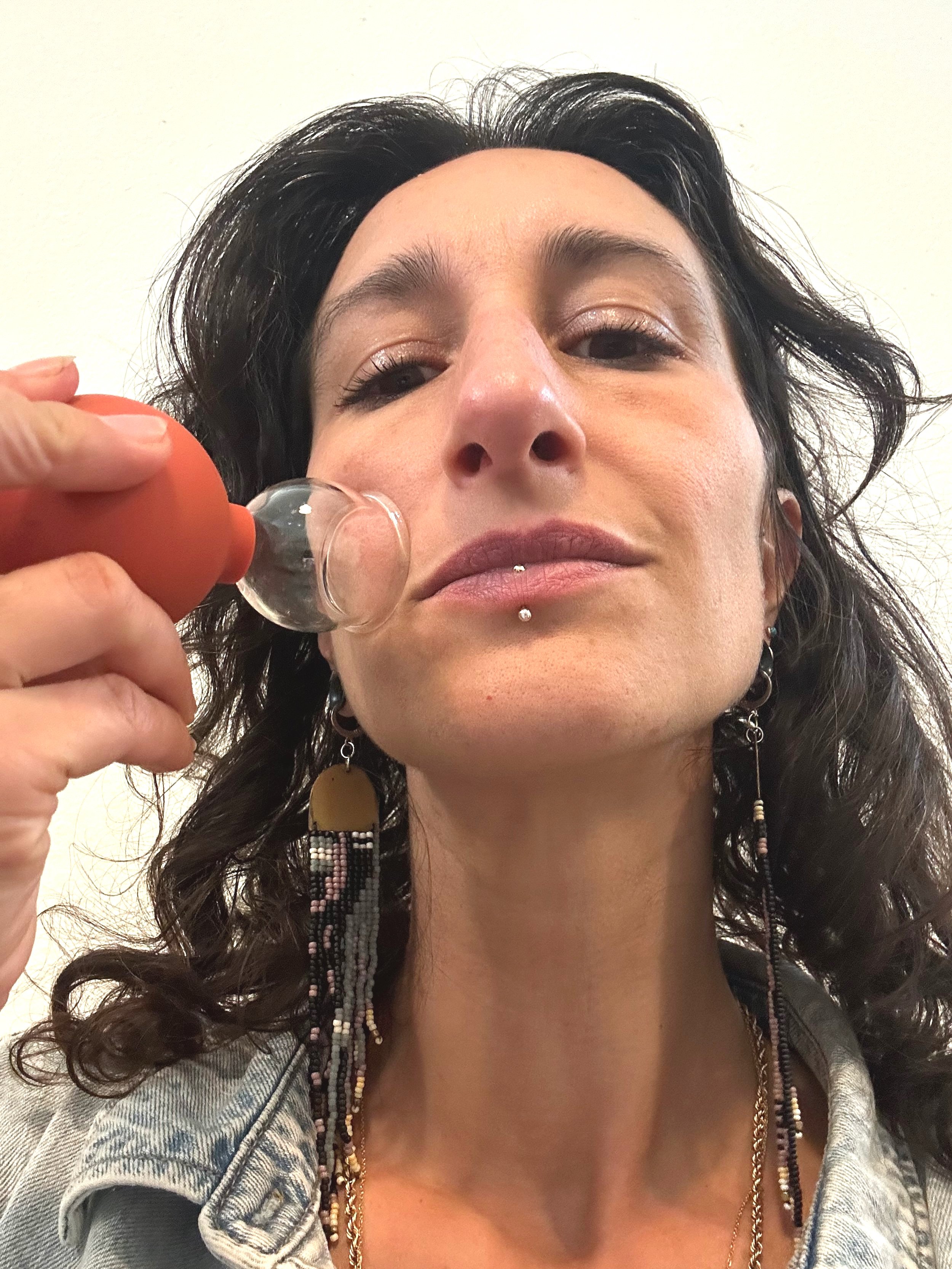How to Prevent and Treat Bacterial Vaginosis–A Dual Approach
Bacterial Vaginosis (BV) is a common vaginal condition caused by an imbalance in the natural bacteria that live in the vagina. While it’s not a sexually transmitted infection (STI), BV can lead to uncomfortable symptoms and, if left untreated, can increase the risk of more serious infections. This article explores both Western and Traditional Chinese Medicine (TCM) approaches to preventing and treating BV.
Understanding Bacterial Vaginosis
Bacterial vaginosis occurs when harmful bacteria outnumber beneficial ones, particularly lactobacilli, which help maintain the vagina’s natural acidic environment. When the balance is disrupted, the overgrowth of harmful bacteria causes a variety of symptoms, including an unpleasant vaginal odor, thin white or gray discharge, itching, and burning sensations during urination.
There are several factors that may trigger BV, including frequent douching, the use of antibiotics, hormonal changes, and having multiple sexual partners. Though the condition is often asymptomatic, treatment is important to prevent potential complications such as pelvic inflammatory disease (PID) or increased susceptibility to STIs.
Preventing Bacterial Vaginosis: Western Medicine Approach
To maintain a healthy vaginal microbiome, there are several practical prevention strategies you can implement. First, practicing proper hygiene is key. Avoid using harsh soaps, douching, or introducing scented products to the vaginal area, as they can disrupt the natural pH balance. It’s also beneficial to wear cotton underwear and loose-fitting clothes to promote airflow and reduce the accumulation of moisture, which can foster bacterial growth.
Safe sex practices can also lower the risk of BV. Using condoms during sexual activity and limiting the number of sexual partners can help maintain vaginal health. Since semen can affect vaginal pH, using protection is especially important.
Incorporating probiotics into your daily routine is another useful measure. Probiotics, especially those containing lactobacilli strains, help to replenish the beneficial bacteria that may be depleted due to factors like antibiotic use or dietary habits. You can take these in supplement form or increase your intake of fermented foods such as yogurt and kefir.
Proper Hygiene
Avoid Harsh Soaps
Cotton Underwear
Safe Sex
Probiotics
Fermented Foods
Treating Bacterial Vaginosis: Western Medicine Approach
If you experience BV symptoms, seeking medical treatment is important to prevent complications. Most commonly, healthcare providers prescribe antibiotics like metronidazole or clindamycin, which can be taken orally or applied topically as a gel or cream. These medications are effective at reducing the harmful bacteria and restoring balance in the vaginal microbiome.
However, antibiotics may sometimes disrupt the good bacteria along with the bad, so continuing a regimen of probiotics alongside antibiotic treatment can support long-term vaginal health. In addition to prescribed medications, making certain lifestyle changes, such as avoiding smoking and reducing stress, can also aid in the healing process.
The Traditional Chinese Medicine Perspective on Bacterial Vaginosis
In TCM, bacterial vaginosis is seen not just as a local issue in the reproductive system but as a manifestation of deeper imbalances within the body. Specifically, it is often linked to an accumulation of “Damp-Heat” in the lower jiao (the area of the body that includes the reproductive organs) and deficiencies in the Spleen or Liver’s ability to manage moisture and energy flow.
In this framework, BV is not just a bacterial imbalance but a sign that the body’s Qi is not moving smoothly, or that internal dampness has accumulated due to poor digestion, stress, or a weakened immune system. This understanding allows for a broader range of treatments aimed at correcting underlying issues.
Preventing Bacterial Vaginosis: TCM Approach
From a TCM perspective, diet plays an important role in preventing conditions like BV. To support the body’s ability to process moisture and prevent the buildup of internal Dampness, it’s advised to avoid foods that are heavy, greasy, or overly sweet. Dairy products, fried foods, and sugar can all contribute to Damp accumulation. Instead, focus on warming, cooked foods like root vegetables, whole grains, and foods that support Spleen Qi, such as millet, ginger, and red dates.
In terms of herbal support, formulas such as Long Dan Xie Gan Tang can be used to clear Damp-Heat from the Liver, a common root cause of vaginal infections in TCM. Si Miao San is another formula that works to clear Damp-Heat while simultaneously strengthening the Spleen.
It is also recommended to engage in regular moderate exercise to support the body’s energy flow. Practices like tai chi or qigong are particularly beneficial, as they not only improve circulation but also help reduce stress, which is often a trigger for Liver Qi stagnation.
Treating Bacterial Vaginosis: TCM Approach
In TCM, treatment for BV varies depending on the patient’s specific symptoms and underlying pattern of imbalance. For acute flare-ups, herbal formulas such as Ba Zheng San, which focuses on clearing Damp-Heat from the lower jiao, can be used. If the condition is more chronic or recurring, a formula like Gui Pi Tang may be prescribed to strengthen the Spleen and rebuild overall vitality.
Acupuncture is another important part of the treatment plan. A practitioner will focus on points that help regulate the flow of Qi and clear Dampness from the body. Points such as SP9 (Yin ling quan), LV3 (Tai chong), and ST36 (Zusanli) can help address both the symptoms and underlying causes of BV. Regular treatments can rebalance the body and support the immune system in its natural healing processes.
External applications may also be used in conjunction with internal treatments. For example, sitz baths infused with herbs like Ku Shen (Sophora root) or Bai Xian Pi (Dictamnus root) can provide local relief from itching and discomfort while helping to resolve infection from a TCM perspective.
Combining Western and TCM approaches can provide a more comprehensive strategy for both preventing and treating bacterial vaginosis. While Western medicine focuses on eliminating harmful bacteria and restoring balance with antibiotics and probiotics, TCM looks at the broader picture of the body’s internal balance, addressing root causes such as Damp-Heat and Qi stagnation.
By integrating dietary changes, herbal medicine, acupuncture, and Western treatments, you can not only alleviate symptoms of BV but also strengthen your body’s ability to prevent future occurrences.
RESOURCES
https://www.frontiersin.org/journals/reproductive-health/articles/10.3389/frph.2023.1100029/full
https://journals.asm.org/doi/full/10.1128/jcm.00837-22
http://www.exploverpub.com/File/Shop/%202706-8447-2024-5-1-9-26.pdf

































This article explains the transformative power of the CHIRP Wheel, a unique spinal relief tool designed to prevent excess pressure on the spine while targeting muscles on both sides of your neck and back. It also offers simple steps for a safe and effective experience!